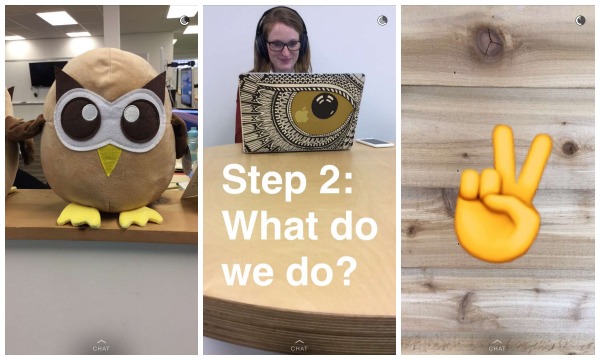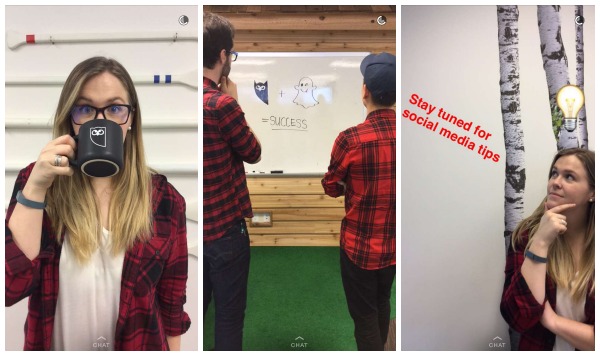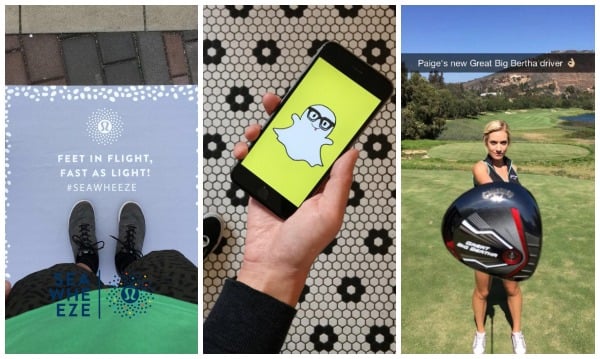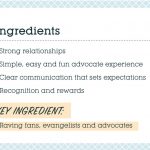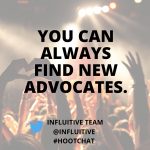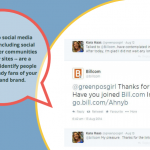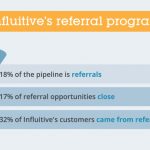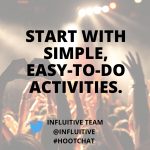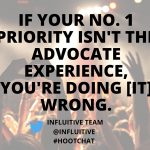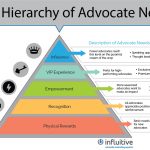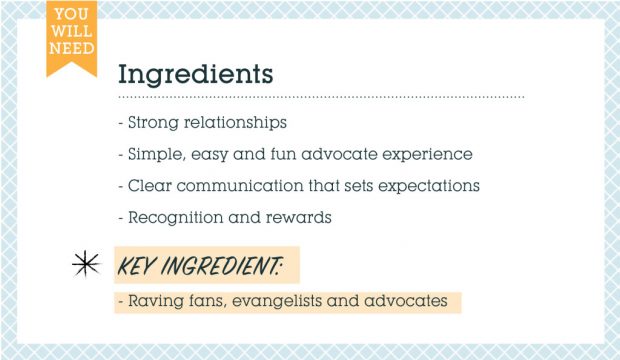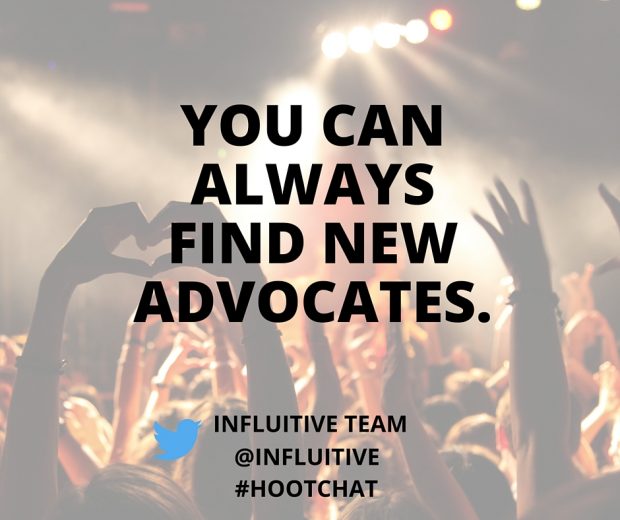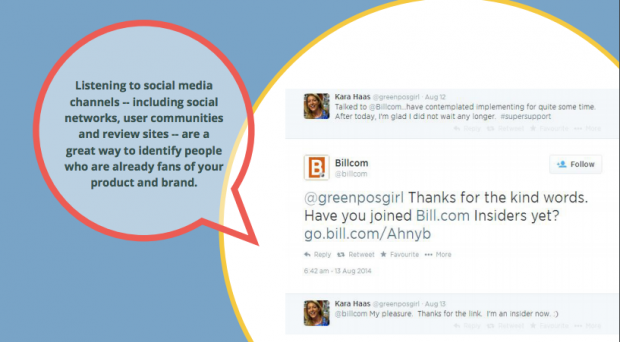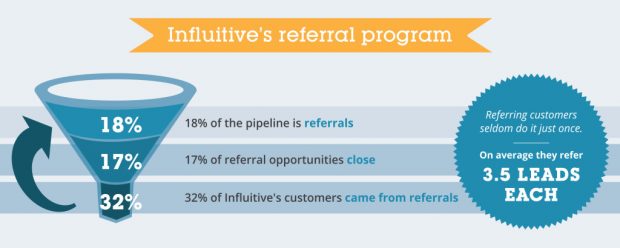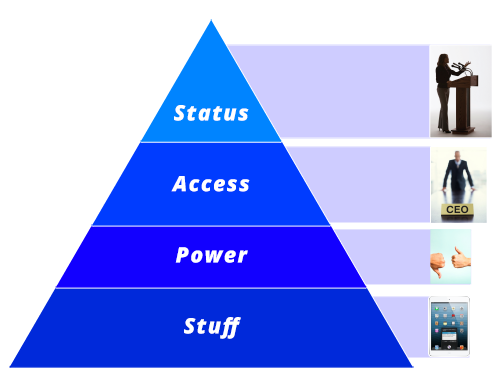There are many occasions in life where you will hear or be given the same advice over and over again. Often, this advice is conflicting and you feel as if you’d have been better off not hearing anything at all. The moment you get engaged, you’ll hear all of the reasons for having a large wedding, as well as why a small, more intimate gathering is best. Announce your pregnancy, and you’ll hear unsolicited advice on everything from whether you should find out your baby’s sex to whether you should use pain medication during the birth. As a social media manager or content marketer—yes, I’m comparing marketing to giving birth—you can probably relate to the feeling of trying to sift through an overwhelming amount of advice.
As someone who stays up to date on social media news and best practices, you have probably heard some form of the following pieces of advice. With a focus on staying critical of all popular opinion, I challenge these commonly shared tips.
Success is measured by followers
One of the most popular topics in the social media marketing world (and the actual world) surrounds the number of followers one has. While there is a grain of truth to perceptions around an official social media account having enough followers to support their authority, if all you are concentrating on is the number of followers your brand’s account has, you are most likely missing huge opportunities for growth.
The success of your organization’s social media strategy should not be focused on the quantity of followers you have, but rather the quality of these followers. If you approach your plan with the aims of increasing engagement amongst your followers however, you will naturally see this community grow. I have too often heard people get worked up and obsessed with how many followers they have, or companies using this number as an indication of whether their social media strategies are successful. This is misguided, and can lead to not only missed opportunities for community growth as mentioned above, but to questionable practices such as purchasing followers. What’s more embarrassing for your brand—Having under a certain number of followers, or getting caught buying followers? The answer here is clear.
Keep your accounts clean
When I was on the job hunt, one of the top pieces of advice I heard was to scrub my social media accounts clean. Keep everything super professional and conventional, unless you never want to find that dream job. As someone who was using my Twitter account to post ridiculous quotes from my dad, feminist and social justice articles, and countless photos of cute animals, my account wasn’t exactly working as a purely professional resume.
However, I was told shortly after being hired that my Twitter presence actually helped rather than hurt my chances of getting the job. In having an online presence that wasn’t super sterile, my future employer was able to recognize that I had a personality and a (debatable) sense of humor.
It’s also a widespread belief that when you actually have the job, your social media accounts should act as a reflection of your most professional self. Many imply the belief that one should not post anything that even remotely suggests you have a life outside of work. All that you do is think of marketing plans, KPIs, and content strategies, right? Obviously, wrong. Your followers know that your life is not 24/7 work, and to suggest anything otherwise comes across as inauthentic. Our own Ryan Holmes even wrote a comprehensive piece on the subject, Why employees shouldn’t have to sanitize their social media accounts, where he explains “People have private lives outside the office—lives full of family, friends, goofy selfies, bar nights, and all the rest. Why, then, do we insist employees’ social media accounts reflect some buttoned-down ideal of an office drone? Honesty in the workplace means moving beyond that and understanding that employees are people first.” Of course, I trust it’s understood this doesn’t mean posting a racist rant, sharing prejudiced beliefs, or inappropriate content on your accounts. As Holmes states, “There’s no reason a company or organization should tolerate racist or insensitive content shared by its employees.” Use your judgment, but let your personality and interests show.
Delete negativity
While this advice is usually presented as common sense, it’s truthfully more of a knee-jerk reaction. Although it’s understandable that you may naturally feel that it is best to immediately delete or hide any kind of negativity aimed at your brand on social media, complaints or insults (when respectful and without offensive language or content) can act as a great source of information. If, for example, a customer complains that the flowers they had delivered arrived looking less than perfect, your company has a wonderful opportunity to showcase your stellar customer service skills. As we explain in our post about what not to do on social media, a negative comment enables you to:
- Make a customer happy in a very public place.
- Publicly address a problem within your business that perhaps you didn’t know about.
Here, when you reply to the negative comment and offer a remedy that goes above and beyond, you are publicly highlighting your organization’s dedication to their customers, as well as allowing transparency. If you saw a branded social media account or page that had only 100 percent positive and gushing comments or interactions, you’d start to get suspicious and probably not fully trust the sources. Through responding to legitimate complaints and fair negativity in a respectful and helpful way, you are adding value and authenticity to your organization.
Be present on every platform
Fear of missing out, or FOMO, is a real thing and can be hard to ignore when you keep hearing about the newest and greatest social media networks. The truth is that if you’re looking to grow and nurture your social media presence, you don’t need to immediately jump on every social media network bandwagon. The quality over quantity principle rings truer than ever here, as it’s much better to have a consistent, reliable, and engaging presence on a select number of key social media networks rather than trying to do the same on too many and failing. As our previous post on how to manage your social media presence explains, there are three key ways that trying to be present on every platform can do more harm than good.
- Ignoring a social media network betrays your audience’s expectations
If someone follows you on Instagram or Twitter, they expect that you will be posting regularly and with valuable content. If your last Instagram post was 58 weeks ago, your followers will notice this and question the legitimacy of your accounts and the trustworthiness of your business.
- Ignoring a social media network can cost you online followers—and potential customers
With social media customer service becoming more common and expected by the day, if you aren’t keeping up to date and active on any of your channels, you are inviting the possibility of missing and seemingly ignoring customer inquiries. As we previously explained, “By ignoring your online audience’s feedback you risk not only losing those customers, but also failing to address the potential hurdles in your services or product development. Not paying attention to your online audience can cause you to lose followers on your social networks, and even potential customers.”
- Neglecting a social media network can tarnish your brand’s online reputation
As a result of these factors, you risk your brand’s online reputation being damaged. As we explain, “Decreased attention means a higher chance of committing one of many social media faux pas that could seriously threaten your brand’s reputation.” With the aim of an organization’s social media being to enhance a reputation and engage with customers, if you can’t satisfy these two key areas it might be time to rethink your current strategy.
With all of this said, my main piece of advice would be to question everything. I don’t mean this in a tinfoil hat-wearing way, but as a suggestion to always think critically about information you see, read, and hear and use your own judgment. All businesses are different, so test out various pieces of advice and find what works best for your specific industry and brand.
Plan and schedule your social media posts with Hootsuite. Try it free today!
Sign Up for Free
The post Popular Social Media Advice That You Shouldn’t Follow appeared first on Hootsuite Social Media Management.
* This article was originally published here









